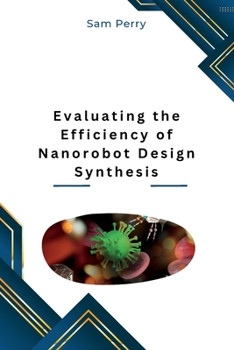Evaluating the Efficiency of Nanorobot Design Synthesis
In the realm of medical science, the emergence of nanorobotics has opened up new frontiers in diagnostics, treatment, and overall patient care. Nanorobot design synthesis involves the development and construction of tiny robotic devices that operate at the nanoscale, enabling them to navigate through the intricate pathways of the human body and perform targeted tasks with unprecedented precision.
At the heart of nanorobot design synthesis is the integration of multiple disciplines, including nanotechnology, robotics, and biomedical engineering. These miniature robots are typically composed of biocompatible materials and are equipped with a range of sensors, actuators, and communication systems. Their design and functionality can vary depending on the specific medical application they are intended for.
One of the key goals of nanorobot design synthesis is to enhance the efficiency and accuracy of medical interventions. These tiny machines can be programmed to deliver therapeutic payloads directly to diseased cells or tissues, minimizing the potential side effects associated with traditional systemic treatments. By precisely targeting cancer cells or pathogens, nanorobots hold immense potential for revolutionizing drug delivery and personalized medicine.
Moreover, nanorobots can also be utilized for diagnostic purposes. Equipped with imaging capabilities and biosensors, they can navigate through the bloodstream to detect early signs of disease or monitor vital physiological parameters. This enables real-time monitoring and early detection of various conditions, allowing for timely intervention and improved patient outcomes.
Despite the tremendous potential, the field of nanorobot design synthesis is still in its nascent stages, with many challenges to overcome. Issues such as power supply, biocompatibility, and efficient navigation within complex biological environments remain active areas of research. Additionally, ensuring the safety and ethical implications of deploying nanorobots in the human body requires careful consideration.
In conclusion, nanorobot design synthesis represents a groundbreaking field within medical science, harnessing the power of nanotechnology and robotics to revolutionize healthcare. As research progresses, these tiny robotic agents hold the promise of transforming diagnostics, treatment strategies, and ultimately improving the overall well-being of patients worldwide.





